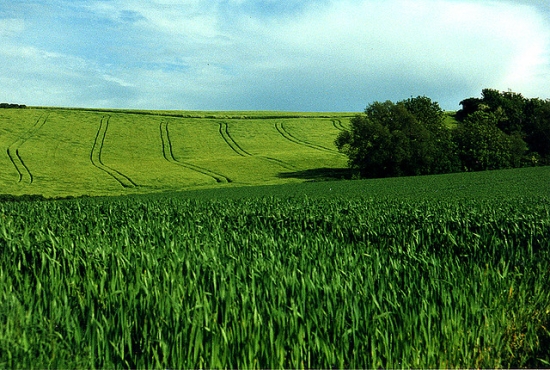Good quality farmland could practically triple in value by the turn of the decade according to a leading consultant.

Addressing the Cereals 2013 event in Lincolnshire James Brooke, of land agent Bidwells, forecast that top grade arable land could hit £20,000 an acre by 2020. Currently it is selling for an average of almost £7,000 an acre.
“There is no indicator as to why the current trajectory of land-price travel should fall. I see no reason as to why £20,000 per acre should not be achievable,” he said.
His advice to farmers hoping to expand their operations is to buy land before prices increase much further, particularly because the potential returns are attracting the attention of overseas investors.
Prices are being driven upwards by a combination of factors. Firstly there is an ever growing population to feed, ensuring that the demand for farmland will continue to grow.
Secondly, there is currently little liquidity in the market due to an unwillingness to sell, Mr Brookes explained. He believes that this reluctance is due to land passing from generation to generation without being subject to inheritance tax.
50 per cent more farmland was marketed nationwide this spring than in the same period last year but, while this may be an eye-catching figure, it is only part of the story. It disguises the fact that, during 2012, the lowest amount of land on record hit the market meaning that sales remain very low and supply is failing to meet demand.
“Although the land marketed was a considerable increase compared with last year, we do not expect there to be much more land sold over the whole year compared with last,” said specialist agent Simon Derby.
Meanwhile a survey of farmers in the East Midlands reveals that almost half are more optimistic about the future than they were 12 months ago.
The survey asked 107 agricultural businesses across the region for their views. Of these, 48 per cent were positive about the future, while 24 per cent were less confident. 28 per cent remained unsure about the prospects for the industry.
In addition 72 per cent of dairy farmers indicated that they were planning to increase the size of their herds over the coming 12 months, while 70 per cent expected to maintain their current labour numbers.
Previous Post
Government Increases Enterprise Zone Investment